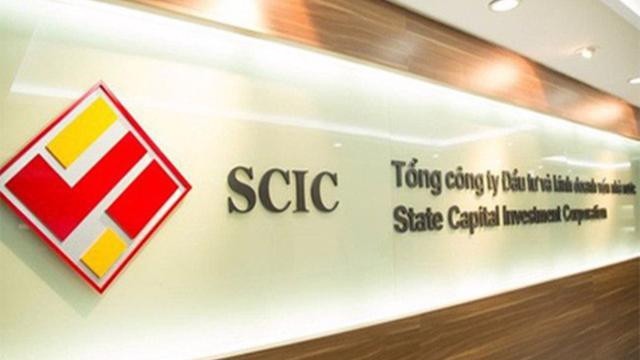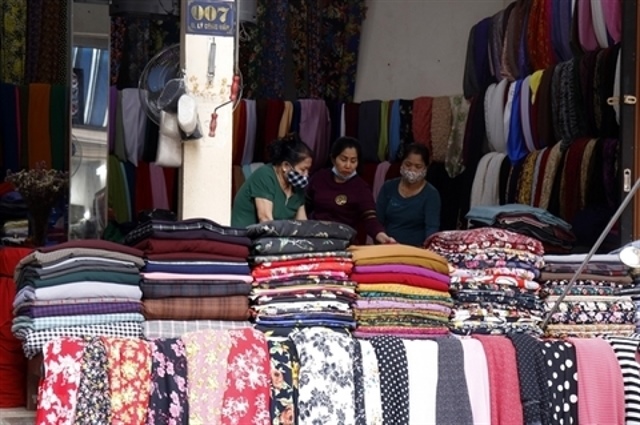Vietnam PM Orders List of Weak Banks to Be Public
Vietnam PM Orders List of Weak Banks to Be Public
Prime Minister Nguyen Tan Dung ordered authorities to make public a list of weak banks and details of lenders’ non-performing loans as the government seeks to tackle bad debt that’s undermining the banking system and hurting businesses
Vietnam’s central bank is drafting detailed measures aimed to curtail bad debt at lenders, Nguyen Thi Hong, head of monetary policy at the central bank, said at a briefing in Hanoi today. She did not elaborate on details of the plan or when it would be executed. Dung’s request to publicly name weak banks and announce bad debt figures was made in a posting on the goverment website today.
Bad debts increased to 4.47 percent of total lending as of May 31 from 3.07 percent at the end of 2011, according to data from the central bank. Bad debt at banks continues to be on an “uptrend,” said Dam. State Bank of Vietnam Governor Nguyen Van Binh said in an April 11 statement on the monetary authority’s website that bad debt may be “much higher than the reported figures at some banks.
Vietnam has struggled with stagnant bank lending and high inflation that has crimped corporate growth and domestic demand. The monetary authority has cut interest rates for five straight months this year and ordered lenders to reduce rates on loans to companies, while the government has pledged to speed up restructuring of weak commercial lenders and banks’ bad debt.
‘‘The high bad debt ratio at banks is a worrying problem,’’ Nguyen Duc Hai, Ho Chi Minh City-based portfolio manager at Manulife Asset Management, said by phone yesterday. ‘‘Rising bad debt has become a large burden on banks and hindered them from giving more loans.’’
Dung requested the central bank ‘‘quickly’’ restructure and reduce bad debt, the posting said. Vietnam’s government said earlier this year it may establish a company to buy bad debt from banks to strengthen their balance sheets and enable them to step up lending. The aim is to cut the bad-debt ratio at state- owned banks to below 3 percent by 2015, according to the March 2 statement.
Non-performing loans are ‘‘significantly understated’’ and could be three or four times higher than the official estimates, Fitch Ratings said in a March report.
Vietnam’s lending grew 0.93 percent at the end of July, compared to the end of 2011, the goverment said today. Consumer prices may fall in August compared to July on lower food and fuel prices, Dam said.
Loan Demand
While easing inflation has given the central bank room to reduce interest rates, lenders have faced lower demand for loans as the economy grew 4.66 percent in the three months to June from a year earlier. Deputy Prime Minister Vu Van Ninh has said full-year expansion may fall below the government’s 6 percent target.
The number of companies that closed permanently or suspended operations due to financial difficulties rose to 26,324 at the end of June, up 5.4 percent from a year earlier, according to the General Statistics Office.
The central bank has said it aims to boost lending growth to as much as 10 percent in the second half of the year from 0.76 percent in the first six months.
Dong deposit rates at commercial lenders could drop to below 8 percent if inflation eases to less than 7 percent at year-end, Binh said July 29, even as the monetary authority has resisted calls from businesses to cut borrowing costs further.
Rates on some preferential loans may drop to below 10 percent in 2013 if deposit rates fall, Binh said.
Bloomberg
























